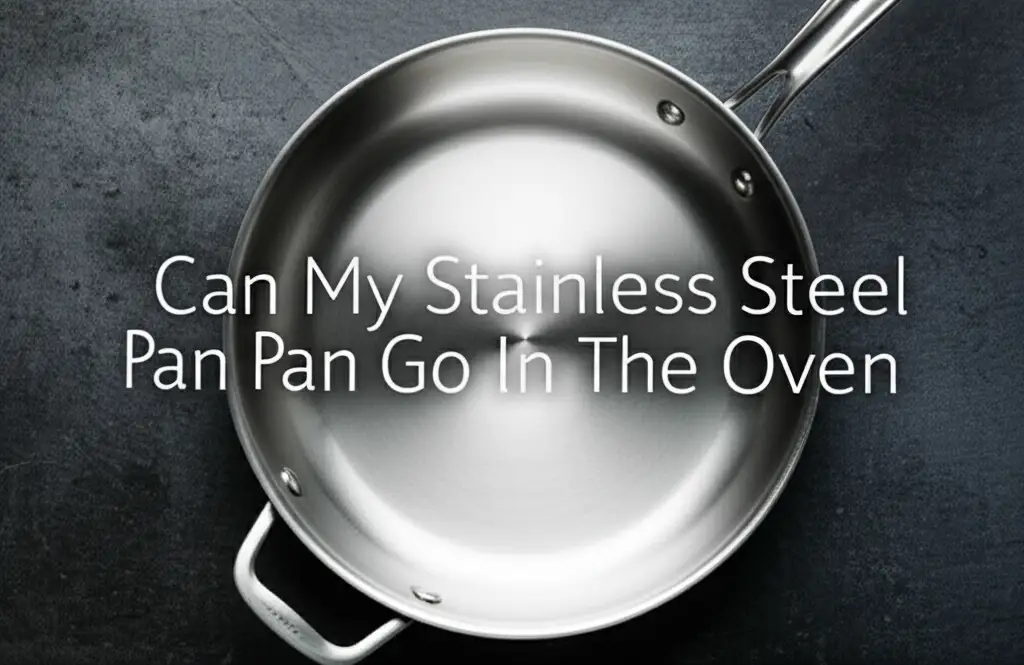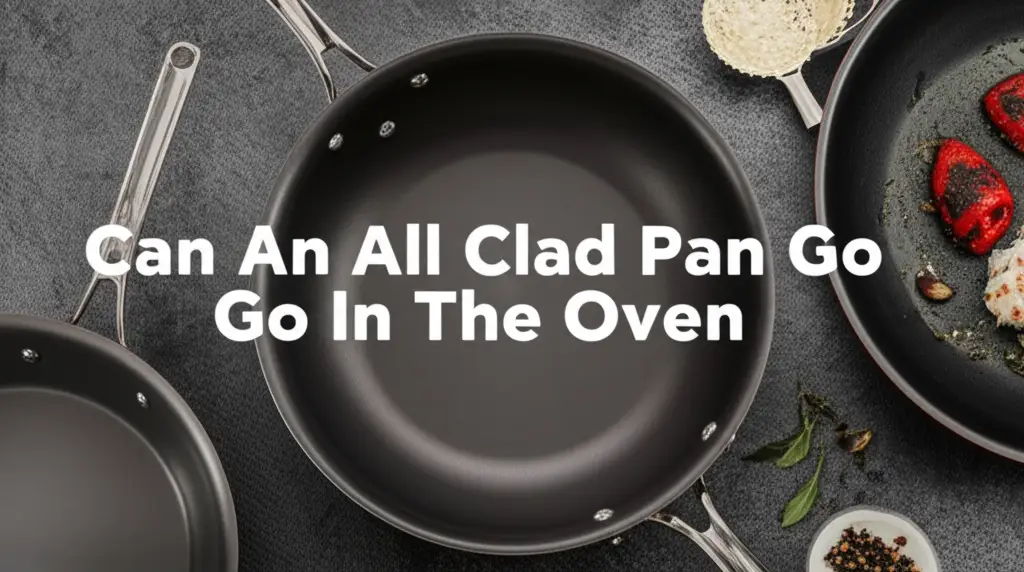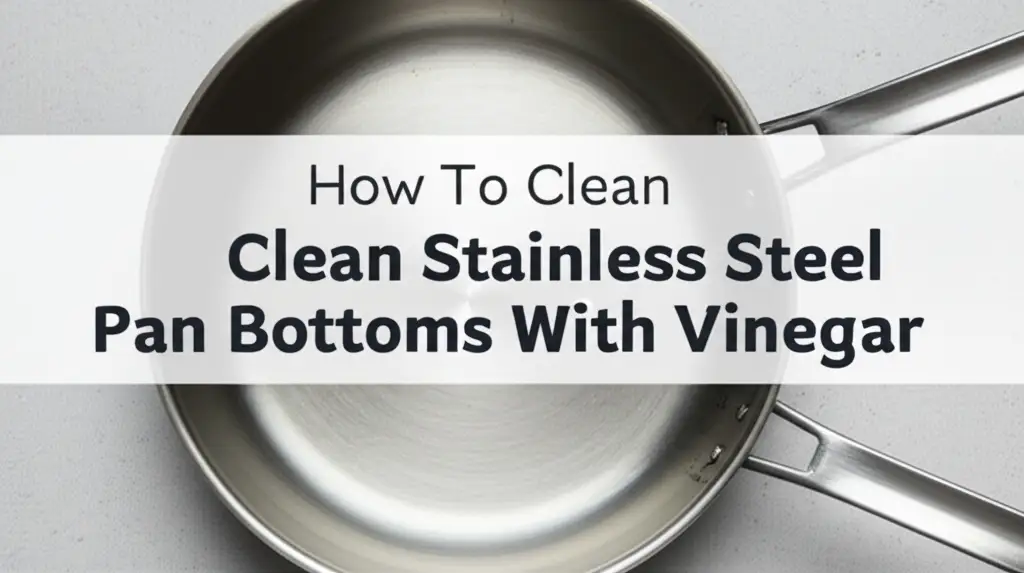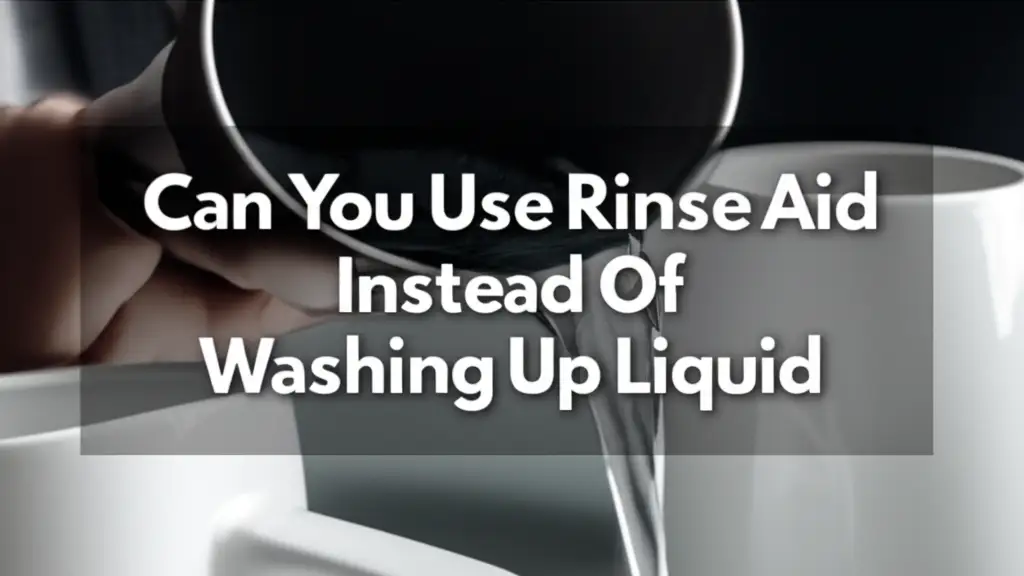· Katria Melrose · Kitchen & Cookware · 13 min read
Can Wolfgang Puck Stainless Steel Pan Go In Oven
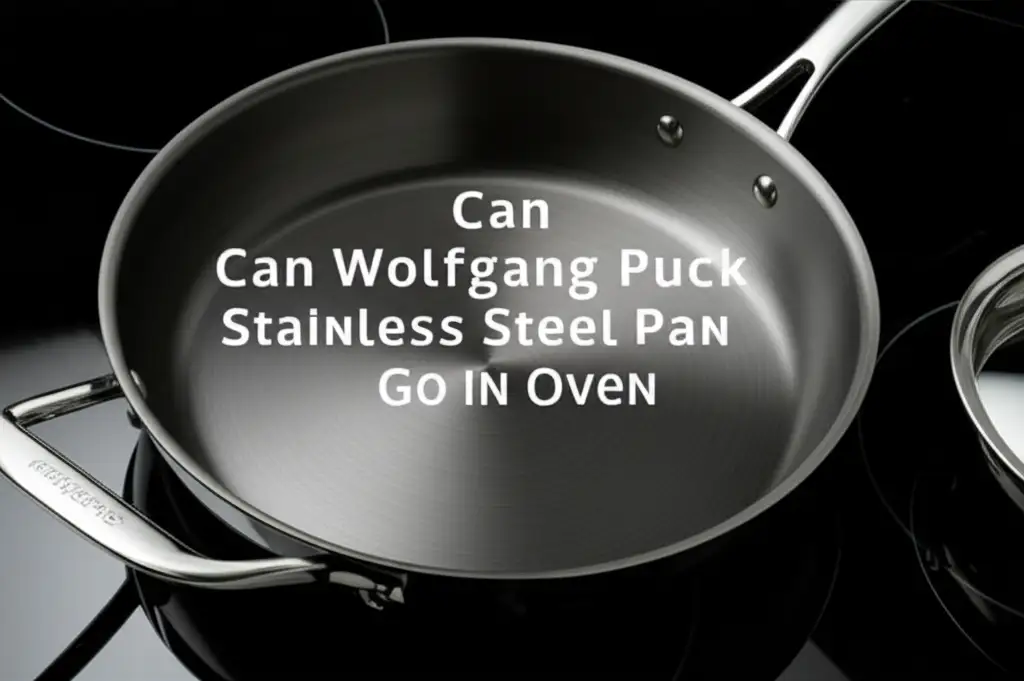
Can Wolfgang Puck Stainless Steel Pans Go In The Oven?
Many home cooks wonder about their kitchen tools. One common question is: “Can my Wolfgang Puck stainless steel pan go in the oven?” This is a great question to ask before starting any new recipe. Knowing your cookware’s limits ensures both cooking success and kitchen safety. Today, we will explore the oven safety of Wolfgang Puck stainless steel pans. We will look at material considerations, temperature limits, and best practices. Understanding these points helps you use your pans with confidence. This guide gives you the information you need. You can then cook delicious meals using your favorite Wolfgang Puck cookware.
Takeaway
- Check Manufacturer Guidelines: Always consult your specific Wolfgang Puck pan’s manual or product page for exact oven safety and temperature limits.
- Material Matters: Stainless steel pans are generally oven-safe. However, components like handles (rubber, silicone, plastic) and lids (glass, plastic knobs) may not be.
- Temperature Limits Vary: Oven safety temperatures differ by model. Most stainless steel pans without non-metallic parts can handle 350°F to 500°F.
- Remove Non-Oven-Safe Parts: Take off any lids or handle covers that are not rated for oven use.
- Avoid Thermal Shock: Do not move a hot pan directly to a cold surface or put a cold pan into a very hot oven.
Wolfgang Puck stainless steel pans are often oven-safe. However, their oven safety depends on specific pan components. Always check the pan’s manual for precise temperature limits. Handles made of silicone or plastic, and glass lids, may limit the maximum safe oven temperature. Stainless steel bodies themselves handle high heat well.
Understanding Wolfgang Puck Stainless Steel Pan Construction
Wolfgang Puck cookware is popular for its quality and design. Their stainless steel pans typically feature a durable stainless steel body. This material is known for its strength and heat retention. Stainless steel alone can withstand very high temperatures. This makes it a good choice for oven use. However, a pan has more than just its body.
Other components often include handles and lids. Wolfgang Puck pans may use various materials for handles. Some handles are fully stainless steel. Others might have silicone or plastic coatings for comfort. Lids often feature glass with metal rims and plastic or metal knobs. Each of these parts has different heat tolerances. A pan is only as oven-safe as its least heat-resistant component.
For example, a pan with an all-stainless steel body and handle is typically very oven-safe. It can often go into the oven at high temperatures. A pan with a silicone handle, however, has a lower oven temperature limit. Silicone begins to break down at certain temperatures. Plastic handles have even lower limits. Always inspect your specific pan. Identify what materials make up its handles and lid knob. This inspection helps you determine if the pan can enter the oven safely. You also see what parts you might need to remove. This careful check prevents damage to your pan. It also ensures safety during cooking.
Determining Oven Safety for Your Wolfgang Puck Pan
Knowing if your Wolfgang Puck stainless steel pan is oven-safe requires a simple check. The first step is to locate the pan’s user manual. This manual provides the most accurate information. It lists the exact temperature limits for your specific model. Most manufacturers, including Wolfgang Puck, provide this crucial detail. If you no longer have the physical manual, you can often find it online. Visit the Wolfgang Puck website or the retailer’s product page where you bought the pan. Search for your pan’s model number. The product description or a downloadable PDF will usually state its oven safety.
Look for phrases like “oven-safe up to XXX°F” or “dishwasher safe.” Sometimes, “oven-safe” is mentioned without a specific temperature. In such cases, a general rule for stainless steel pans without plastic or silicone is up to 500°F (260°C). Pans with these materials will have much lower limits. For instance, a silicone handle might limit the pan to 350°F (175°C). A plastic handle might mean no oven use at all.
You can also look for symbols on the pan itself. Some cookware has an oven-safe symbol stamped on the bottom or handle. It often looks like an oven icon. No symbol and no manual means caution. It is always safer to assume it is not oven-safe if you cannot confirm. Do not guess. Guessing can lead to pan damage or fire. For specific care tips, understanding if your pan can go in the oven is as important as knowing how to clean stainless steel pans. Knowing both helps you preserve your cookware’s life.
Maximum Temperature Limits for Wolfgang Puck Cookware
The maximum oven temperature for a Wolfgang Puck stainless steel pan varies. It depends on all the materials used in its construction. Pure stainless steel bodies can withstand extremely high heat. They generally tolerate temperatures up to 500°F (260°C) or even higher. However, accessories dictate the true limit.
- Stainless Steel Handles: Pans with fully stainless steel handles often match the body’s high temperature tolerance. These pans are ideal for searing on the stovetop and finishing in a hot oven.
- Silicone Handles/Accents: If your pan has silicone-wrapped handles or silicone accents, the oven limit drops. Silicone is oven-safe, but usually only up to 350°F (175°C) to 400°F (200°C). Higher temperatures can cause the silicone to degrade, melt, or become sticky.
- Plastic/Phenolic Handles: Pans with plastic or phenolic handles are generally not oven-safe. Plastic melts at low temperatures. Even if the body is stainless steel, these handles make the pan unsuitable for oven use. Always check the manual for confirmation.
- Glass Lids: Many Wolfgang Puck pans come with glass lids. While useful on the stovetop, most glass lids are not designed for high oven temperatures. They might crack or shatter. The knobs on these lids can also be plastic. Remove glass lids before putting the pan in the oven.
Always consult the specific product manual or Wolfgang Puck’s website for the precise temperature limit of your model. This prevents damage and ensures safety. For comparison, understanding the oven safety of different brands can be helpful, for instance, knowing can I put my Cuisinart stainless steel pan in the oven involves similar material checks. Each brand specifies its own safe temperatures.
Best Practices for Using Wolfgang Puck Pans in the Oven
Using your Wolfgang Puck stainless steel pan in the oven expands your cooking possibilities. You can achieve perfect roasts, casseroles, or finish stovetop dishes. To do this safely and effectively, follow these best practices.
First, always preheat your oven. Place the pan into an already hot oven. Avoid putting a cold pan directly into a very hot oven. This sudden temperature change can cause thermal shock. Thermal shock can warp the pan. It can also damage the pan’s structure over time. Similarly, do not put a hot pan into cold water after it comes out of the oven. Let it cool down gradually on a heat-safe surface. This is similar to the advice for can you put hot stainless steel pan in water after stovetop use.
Second, consider seasoning the pan before oven use for certain recipes. While stainless steel is not naturally non-stick, a thin layer of oil can help. Lightly coat the cooking surface with a high smoke point oil before placing food in it. This can prevent sticking, especially when roasting vegetables or meats. Learning how to get your stainless steel pan to not stick applies to both stovetop and oven cooking.
Third, ensure adequate ventilation in your kitchen. While stainless steel does not produce harmful fumes, cooking at high temperatures can create smoke. Good airflow helps keep your kitchen clean and safe. Always use oven mitts or heat-resistant gloves when handling a hot pan from the oven. Even stainless steel handles will become extremely hot. This careful approach protects both you and your cookware.
Benefits of Oven-Safe Stainless Steel Cookware
The ability to move your Wolfgang Puck stainless steel pan from stovetop to oven offers many benefits. This versatility is a major advantage for any home cook. It streamlines your cooking process. You can start searing meat on the stove. Then, you can transfer the entire pan to the oven to finish cooking. This creates a beautiful crust and a tender interior. This method is perfect for steaks, chicken, or oven-roasted vegetables.
Oven-safe stainless steel cookware also provides even heat distribution. The pan heats up consistently in the oven. This helps food cook uniformly. It prevents hot spots that can burn parts of your dish. This is especially useful for casseroles, frittatas, or baked goods. The pan’s sturdy construction handles the oven’s consistent heat well.
Furthermore, using one pan for multiple cooking stages reduces cleanup. You use fewer dishes. This means less washing afterward. A single pan transition from stovetop to oven means fewer pots and pans sitting in the sink. This saves time and effort in the kitchen. This versatility also allows for more creative cooking. You can bake, roast, broil, and braise all in the same vessel. Your Wolfgang Puck stainless steel pan becomes a multi-functional kitchen tool. This makes cooking easier and more enjoyable. It is an efficient way to prepare meals.
Cleaning Your Wolfgang Puck Pan After Oven Use
After using your Wolfgang Puck stainless steel pan in the oven, proper cleaning is important. This ensures your pan stays in good condition for many years. First, let the pan cool down completely. Never plunge a hot pan into cold water. This sudden temperature change, known as thermal shock, can cause warping. It can also damage the pan’s structure over time. Once cool, you can begin cleaning.
For most oven messes, warm water and dish soap work well. Use a soft sponge or cloth. If food is stuck, do not use abrasive scrubbers. Abrasive materials can scratch the stainless steel surface. Instead, fill the pan with warm, soapy water. Let it soak for 15-30 minutes. This helps loosen any baked-on bits. After soaking, the food often lifts off easily.
For tougher stains, like burnt-on food or oil, other methods are effective. Baking soda and water paste works wonders. Apply the paste to the affected areas. Let it sit for a while, then scrub gently. For very stubborn burnt oil, a solution of white vinegar and water can help. Boil this mixture in the pan for a few minutes. Then, let it cool and clean as usual. This is similar to the methods for how to clean burnt oil from stainless steel pan. After cleaning, dry the pan thoroughly. This prevents water spots and maintains its shine. Proper cleaning ensures the pan is ready for its next use. It also extends its lifespan.
Common Mistakes to Avoid with Wolfgang Puck Pans in the Oven
Using your Wolfgang Puck stainless steel pan in the oven safely means avoiding certain common mistakes. These mistakes can damage your pan or compromise your safety.
One major error is ignoring handle and lid material. As discussed, a pan’s oven safety limit depends on its least heat-resistant part. Putting a pan with plastic handles or a plastic-knobbed glass lid into a high-temperature oven is dangerous. The plastic will melt. The glass may shatter. Always remove non-oven-safe lids and ensure handles are suitable for the temperature.
Another mistake is rapid temperature changes. Moving a very hot pan directly into cold water or placing a cold pan into an extremely hot oven can cause thermal shock. This can warp the pan’s base. It might even lead to cracking in rare cases. Always allow pans to cool gradually after oven use. Also, preheat your oven to the desired temperature before putting the pan in. This ensures a more even and gentle heating process for the cookware.
Overheating the pan, even if it is oven-safe, can cause issues. While stainless steel handles high heat, excessive and prolonged exposure to very high temperatures can lead to discoloration. It can also make cleaning more difficult. Ensure you stay within the recommended temperature limits for your specific pan. Finally, using harsh abrasive cleaners or steel wool on the pan after oven use is a mistake. These can scratch the surface. This degrades its appearance and performance over time. Opt for gentler cleaning methods, like those for how to clean stainless steel pan with baking soda, to preserve your pan’s finish. Avoiding these mistakes helps your Wolfgang Puck pan last longer and perform better.
FAQ Section
Q1: What makes a pan oven-safe?
A pan is oven-safe if all its components can withstand high temperatures without damage. This includes the pan body, handles, and lid. Materials like stainless steel, cast iron, and certain ceramics are typically oven-safe. Plastic or silicone parts often limit the pan’s maximum oven temperature. Always check the manufacturer’s specific instructions for your pan model.
Q2: Can all Wolfgang Puck pans go in the oven?
Not all Wolfgang Puck pans are oven-safe. Their stainless steel bodies are generally oven-friendly. However, some models might have handles or lid knobs made of materials like plastic or certain types of silicone that melt or degrade at oven temperatures. Always check the pan’s specific manual or product description for its precise oven-safe temperature rating.
Q3: How do I know the temperature limit for my Wolfgang Puck pan?
The most accurate way to find the temperature limit is to check the pan’s user manual. If you do not have the manual, look for the product details online on the Wolfgang Puck website or the retailer’s page. The product specifications will usually state the maximum oven-safe temperature. You might also find an oven-safe symbol on the pan’s bottom.
Q4: What if my Wolfgang Puck pan has silicone or plastic handles?
If your Wolfgang Puck pan has silicone or plastic handles, its oven safety is limited. Silicone handles typically have a lower temperature limit, often around 350°F to 400°F (175°C to 200°C). Plastic handles usually mean the pan is not oven-safe at all, as plastic will melt. Always confirm the specific temperature rating in your pan’s manual to avoid damage.
Q5: Is it safe to use a lid with my Wolfgang Puck pan in the oven?
It depends on the lid’s material. Most glass lids, especially those with plastic knobs, are not designed for high oven temperatures and may crack or shatter. If your lid is all metal, like stainless steel, it is likely oven-safe up to the pan’s specified limit. Always remove glass lids or any lids with non-oven-safe components before putting the pan in the oven.
Conclusion
Knowing if your Wolfgang Puck stainless steel pan can go in the oven is crucial for versatile cooking. We have seen that many of these pans are indeed oven-safe. However, this depends heavily on the materials of their handles and lids. Always consult your specific pan’s manual or product page for the exact temperature limits. This is the surest way to ensure both safety and the longevity of your beloved cookware.
Using your Wolfgang Puck stainless steel pan in the oven opens up a world of culinary possibilities. You can seamlessly transition dishes from stovetop searing to oven roasting. Remember to always use oven mitts when handling hot pans. Also, let the pan cool gradually to prevent thermal shock. With proper care and understanding, your Wolfgang Puck stainless steel pan will serve you well for many years. Enjoy exploring new recipes with confidence. Elevate your cooking game today!


